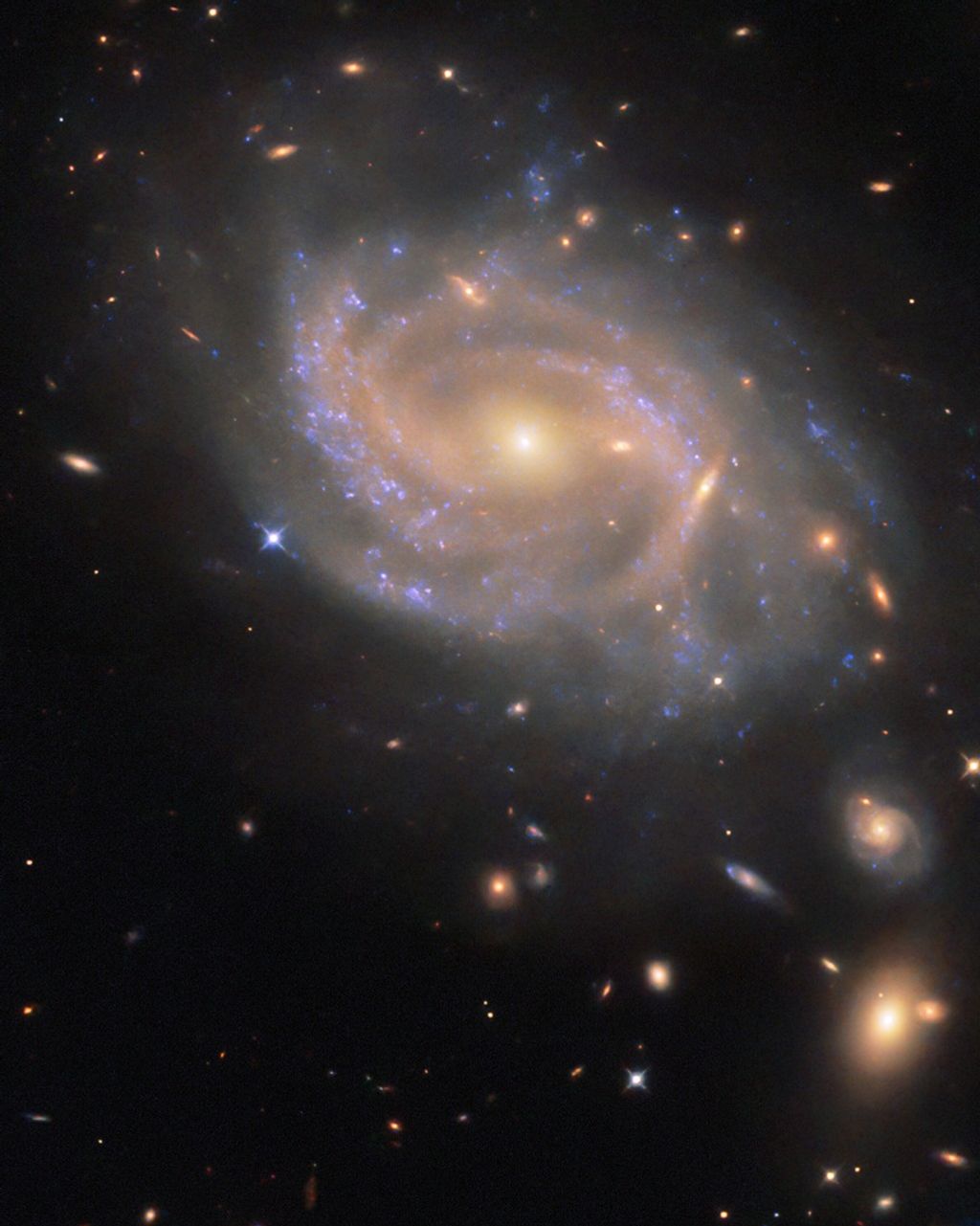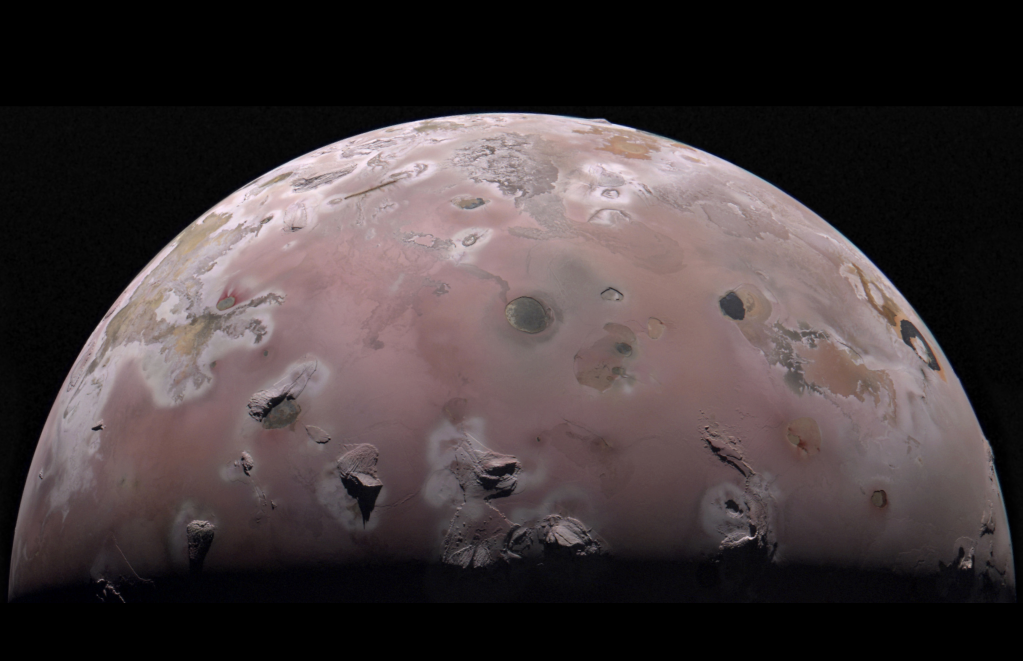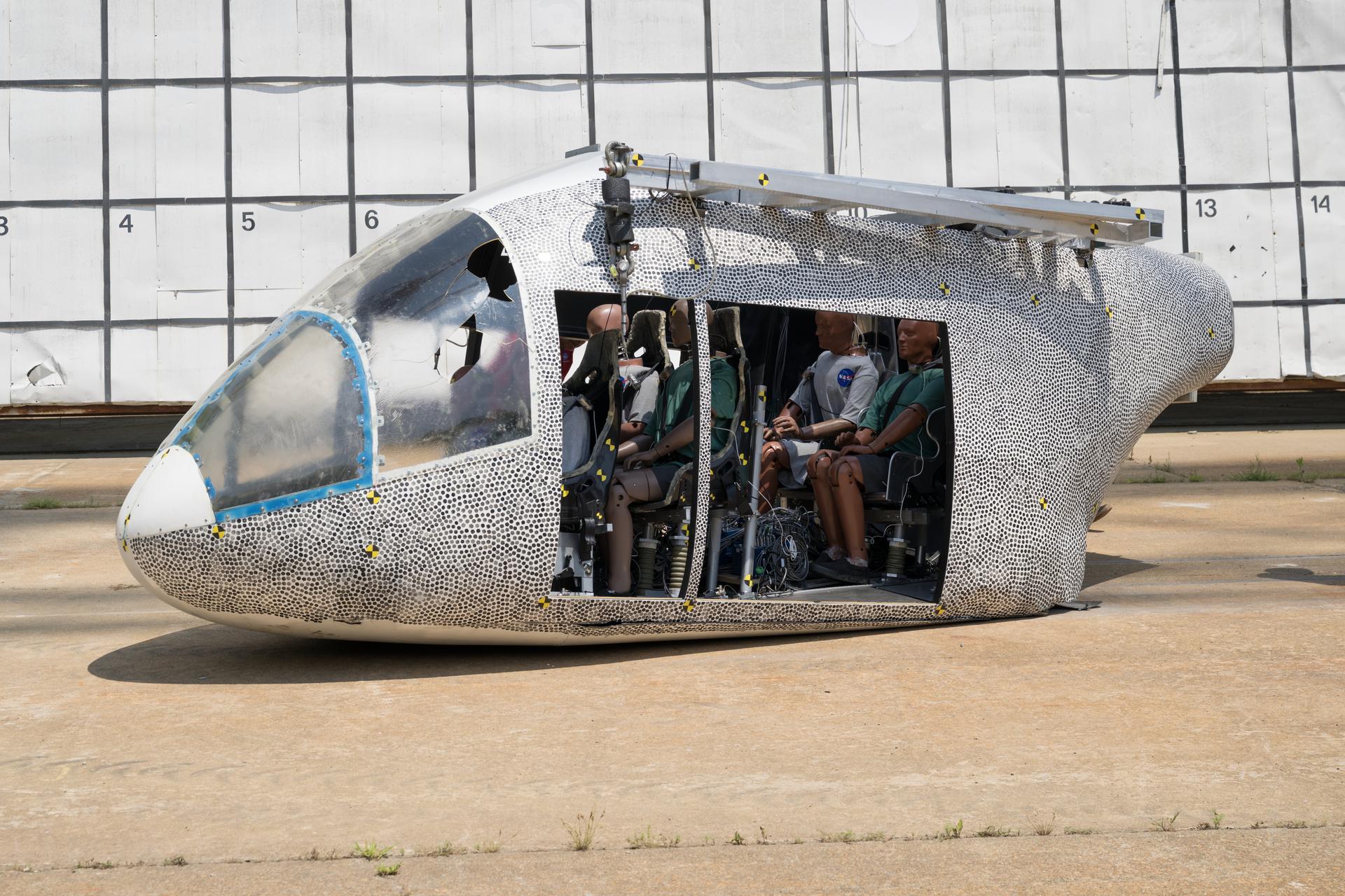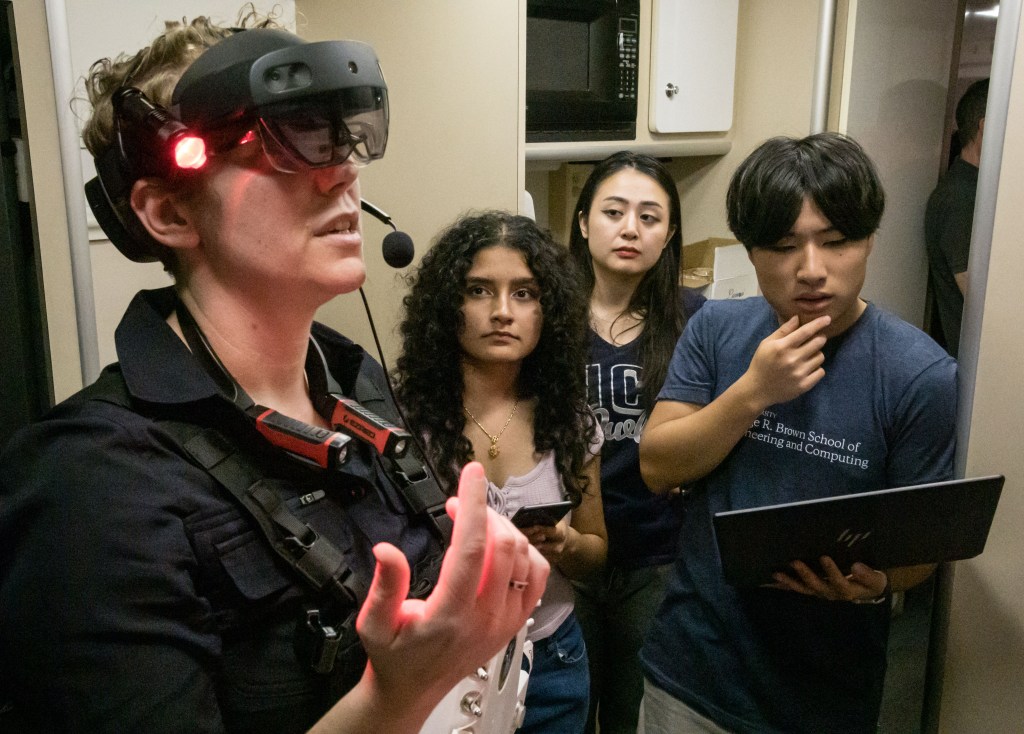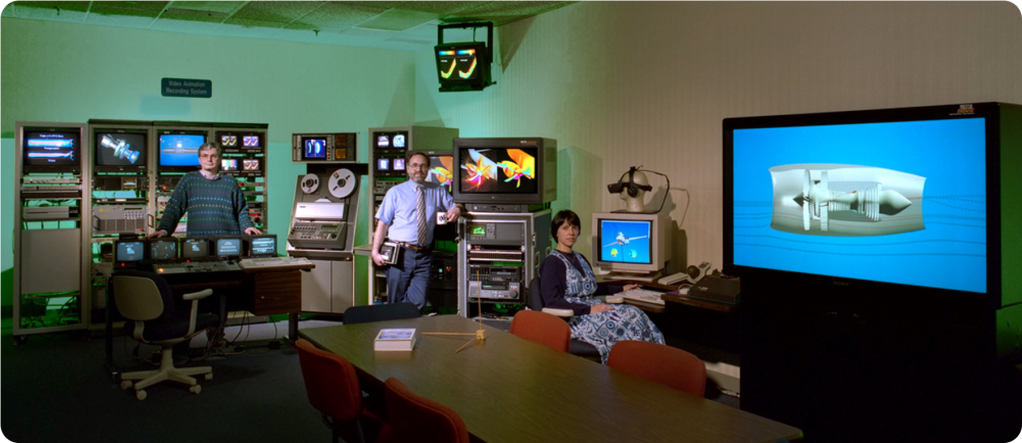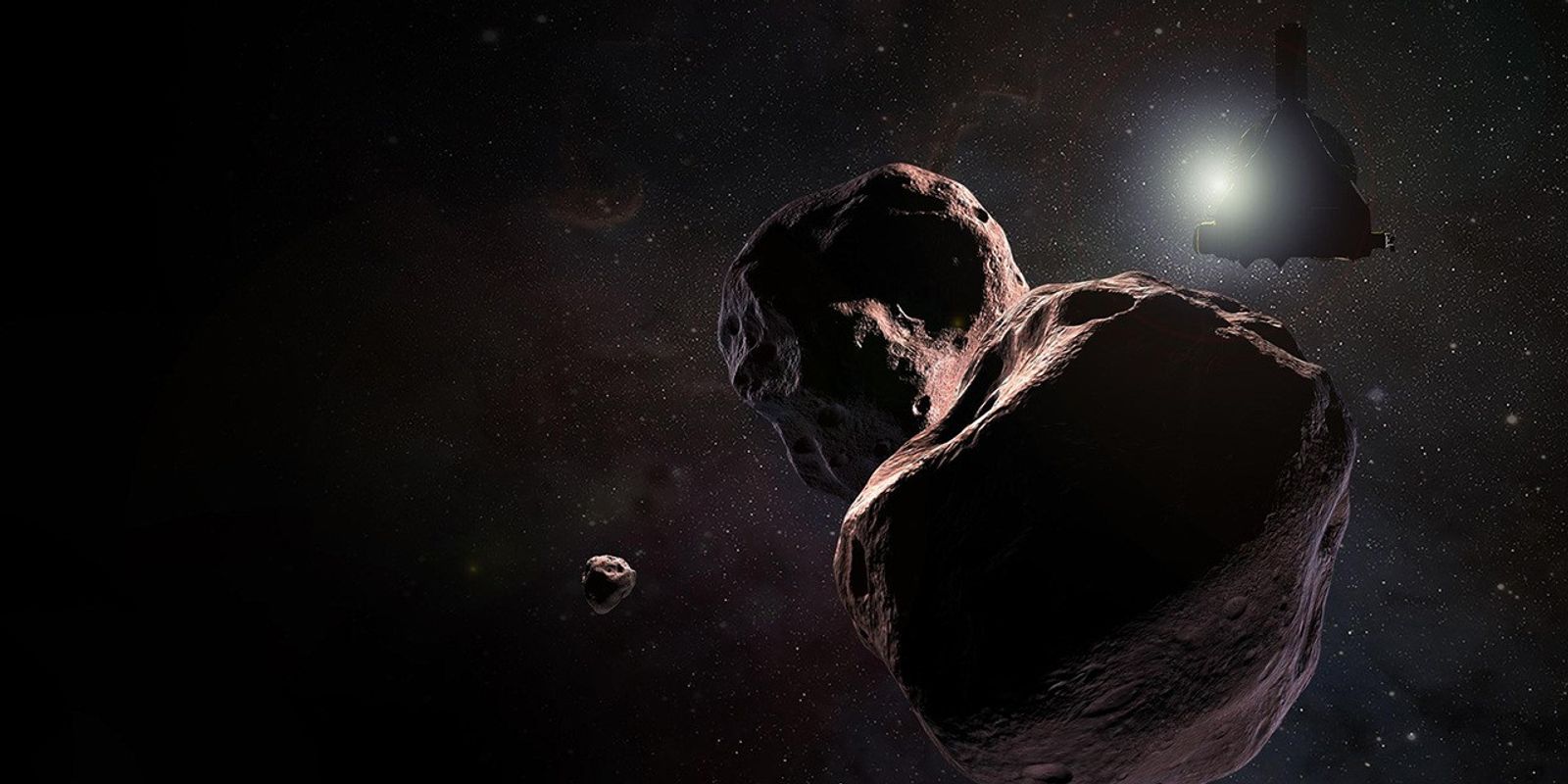Titan Flyby T-116: Multiple Occultations
The Ultraviolet Imaging Spectrograph (UVIS) will observe two stars as they disappear behind Titan's atmosphere, which will provide detailed vertical profiles of composition and temperature in the high atmosphere not possible with any other instrument. UVIS also will take advantage of solar occultations to probe both northern and southern latitudes. The solar occultation is also observed by Visible and Infrared Mapping Spectrometer (VIMS) to provide detailed vertical profiles of composition and aerosols in the atmosphere below 200 km.
Titan Flyby at a Glance
Date
Feb. 1, 2016
Altitude
870 miles (1,400 km)
Speed (rel. to Titan)
12,974 mph (5.8 km/sec)





